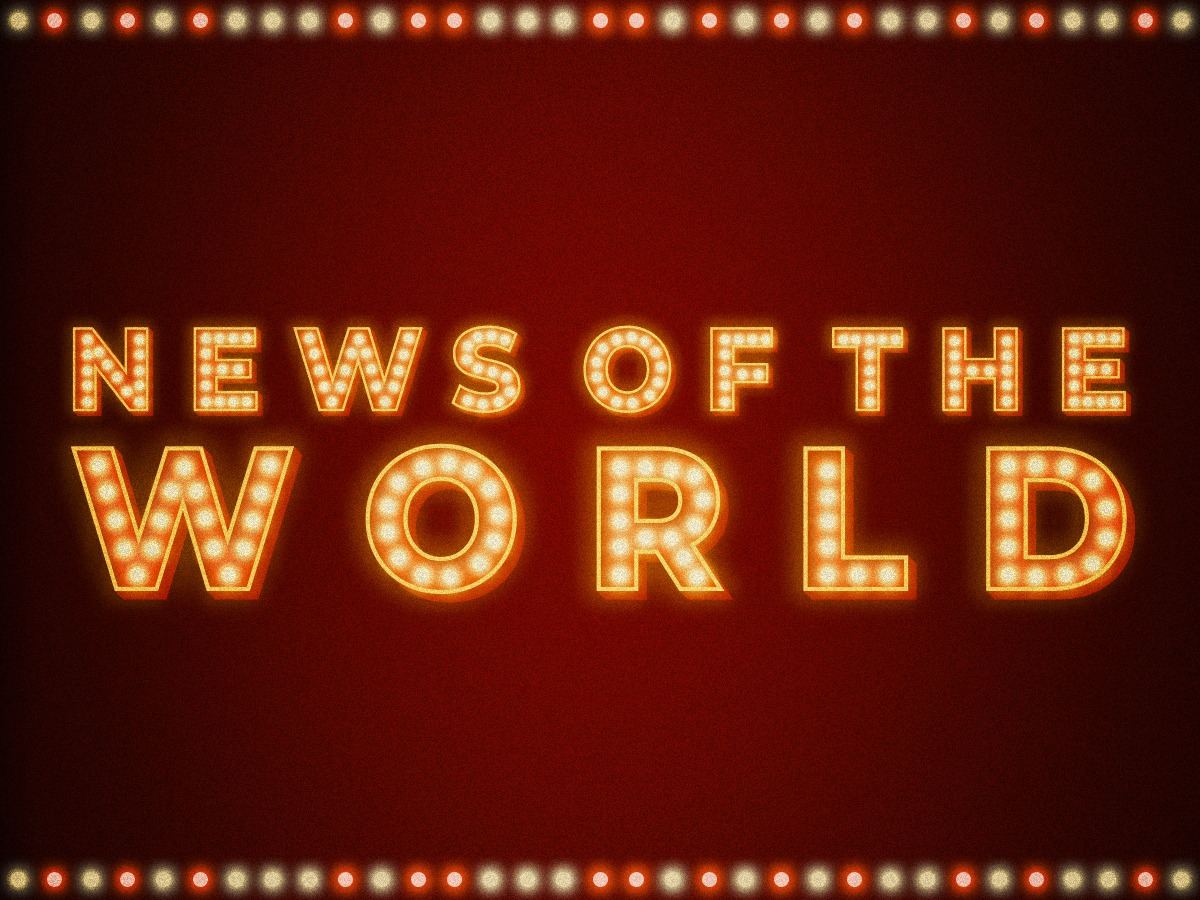
Credit
Article. Seongdeok Seo(Music Critic)
Design. Yurim Jeon
It’s smooth sailing for Taylor Swift’s rerecording project. She plans to make new masters to replace their existing versions. Her first re-recorded album, Fearless (Taylor’s Version), proved that her plan can indeed work. Most recently, she released Red (Taylor’s Version), a rerecording of her 2012 album. It reached the top of both the Billboard 200 and Hot 100 as soon as it was released. It’s the third time Swift’s debuted atop both charts simultaneously; BTS, Justin Bieber and Drake have each done the same just once. With 610,000 copies sold in the first week alone, her latest rerecording handily outstripped the 290,000 units Fearless (Taylor’s Version) moved in its debut week.
It's hard to sound fresh when you’re rerecording songs from a previous album. When you consider the whole point behind rerecording, that’s not hard to understand. Instead, Swift adds songs “From the Vault”—those she had written while working on the original album but which went unreleased. It’s not unlike the way record companies have tacked on bonus tracks to rereleases of old albums in the past. As Swift said on a talk show recently, however, while previously the record label would decide which songs to promote as singles and which would have accompanying music videos, she’s the one who's in charge now.
“From the Vault” also provides some insight to the question the whole world is asking about the feasibility of her rerecording project. That question, specifically, is whether Swift can continue to capture the public’s attention as she rereleases Taylor’s Versions of all six of her early albums. “All Too Well (10 Minute Version)” made it to the number one spot on the Hot 100. The 2012 version of the song has long been a favorite among critics and Swift’s fans alike. Rolling Stone placed it at the top of their list ranking all 206 the songs in Swift’s catalog back in October. Swift had previously said that the song was originally 10 minutes long but was shortened to 5:29 for the original album. Since then, the 10-minute version of “All Too Well” has been something of a lost treasure to her fans.
Red (Taylor’s Version) was a golden opportunity for Swift to present her original vision for the track to the world. Naturally, promotion for the album centered around the song. The music video takes the form of a 15-minute short film, which Swift herself directed. She also performed the song on SNL. Consequently, the 10-minute version of “All Too Well” became the longest song ever to become number one on the Hot 100. Meanwhile, the original version had peaked at number 80.
All this isn’t to say that the new 10-minute version is better than the five-minute original. Some firmly believe the original version is better. But the song details a catastrophic relationship, and the full 10 minutes allow for a more in-depth and direct portrayal. Unlike the old version, which was more focused on the fact that the love ended at all (“Time won’t fly, it’s like I’m paralyzed by it”) the new song can concentrate instead on how it ended. It vividly depicts the rupturing relationship (“And there we were again when nobody had to know / You kept me like a secret, but I kept you like an oath”) as well as the imbalance (“You said that if we had been closer in age, maybe it would’ve been fine / And that made me want to die”). In this way, fans weren’t simply introduced to a song that had long existed merely as fantasy, but instead were offered a chance to form an even stronger bond with the song they have loved for so long. Swift’s re-recordings are taking root in a direction we never could have guessed.
TRIVIA
The recording industry had been watching this rerecording project closely to see where it might go and has recently begun to react. There have been reports lately of record labels writing up new contracts that deprive artists of their rights when it comes to rerecording or more than double the length of time where rerecording is forbidden. Simultaneously, artists are demanding the rights to their masters more and more often because those rights not only allow them control over their creative output but are directly tied to revenues from streaming. Artists typically take a 20% share of streaming revenue, but having the rights to their masters grants them something north of 80%.
Copyright © Weverse Magazine. All rights reserved.
Unauthorized reproduction and distribution prohibited.
Unauthorized reproduction and distribution prohibited.
Read More
- [NoW] “Mood”, the hit song of the era2020.12.04

- [NoW] Spotify is coming2020.12.31

- [NoW] Olivia Rodrigo: a star is born2021.01.29

- [NoW] Drake, Drake, Drake!2021.04.02


- [NoW] Time to listen to the Kid LAROI2021.05.28

- [NoW] Vinyl Me, Please2021.06.25



- [NoW] Drake’s strategy2021.09.17


- [NoW] The return of ABBA and after2021.11.12
